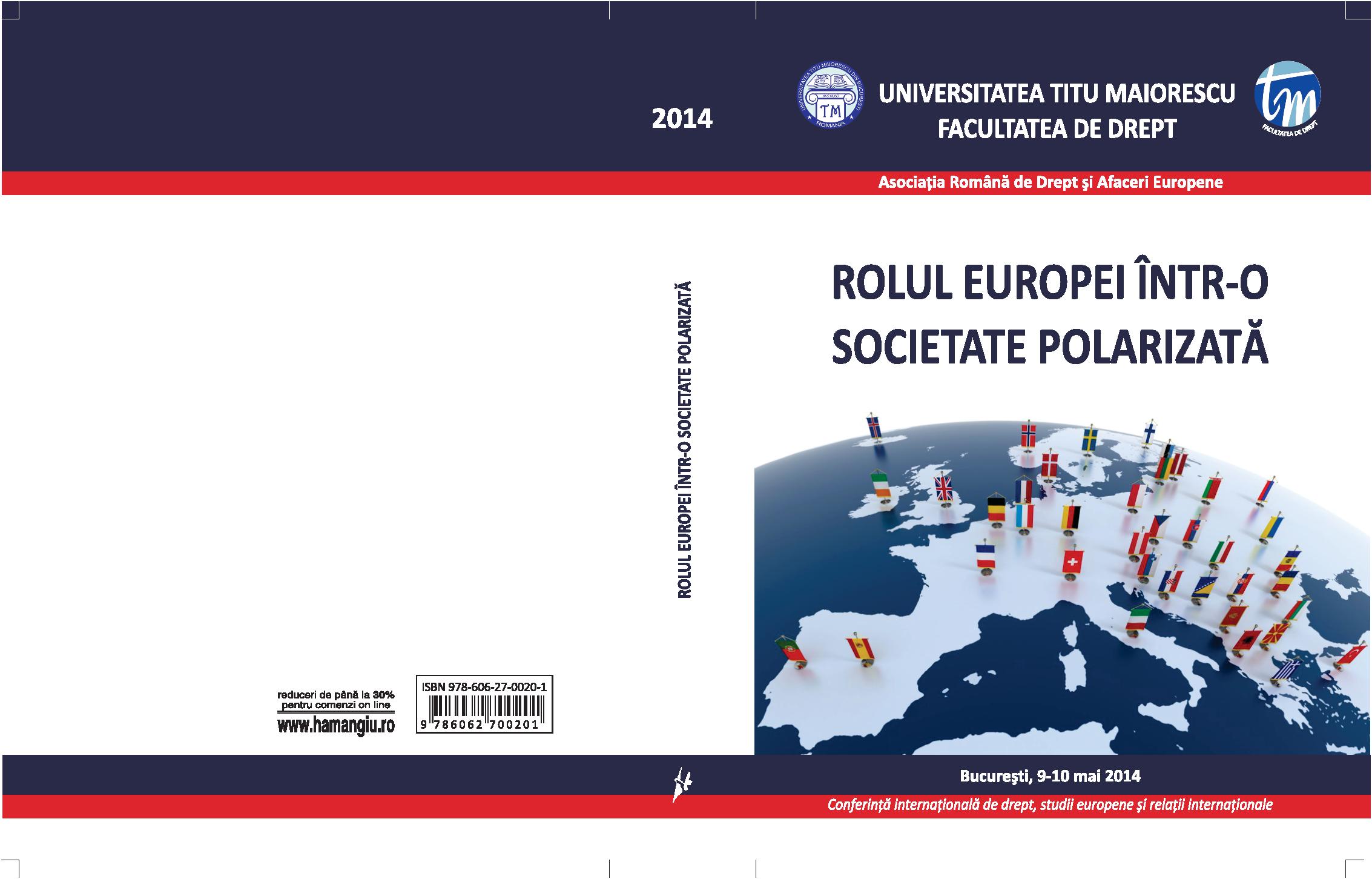Legea model UNCITRAL și ghidul de aplicare - conosamentul electronic
UNCITRAL MODEL LAW AND THE APPLICATION GUIDE – ELECTRONIC BILL OF LADING
Author(s): Tudor MarinSubject(s): International Law
Published by: Editura Hamangiu S.R.L.
Keywords: Transferability; negotiability; property; electronic bill of lading; electronic bill of lading systems;
Summary/Abstract: There have been numerous efforts for creating an electronic bill of lading, for introducing the electronic bill of lading as an instrument with all the functions of such a document, in an acceptable format for the traders, bankers and documentary loaners, carriers and shippers of cargo “without succeeding yet to eliminate all risks of fraud”. The characteristic of bills of lading, negotiability, allows merchants to trade and loaners to use them as a guarantee. The bill of lading fulfils three functions: it is a contract for carriage, a proof of receipt for goods and a title. All three functions must be represented electronically for the electronic bill of lading to be accepted as a substitute of the paper document. Functions for receipt confirmation and proving act of a contract for carriage may be easily attained by electronic means because these are essentially information transfer. The title function of the bill of lading is the essential one which needs to be presented in an electronic format representing three usages of the bill of lading. First of all, holding the bill of lading represents constructive possession and control over the goods and, finally, the bill of lading is used to provide guarantees for the goods it represents. Little attention was given to the last element of the bill of lading, although one of the most difficult obstacles in introducing the electronic bill of lading is offering sufficient guarantees for the goods it represents. Laws concerning transport may regulate the first two functions, but the last one falls into the field of laws referring to guaranteed transactions.
Journal: Conferința Internațională de Drept, Studii Europene și Relații Internaționale
- Issue Year: II/2014
- Issue No: II
- Page Range: 806-818
- Page Count: 13
- Language: Romanian

